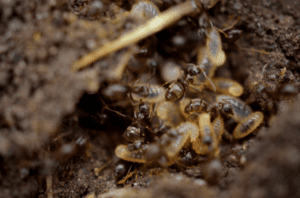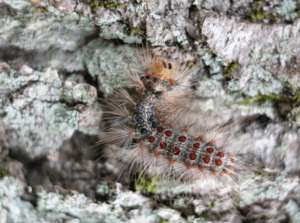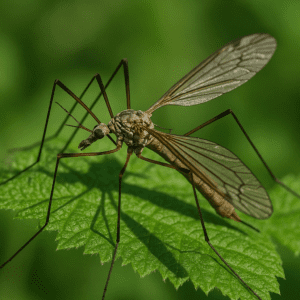
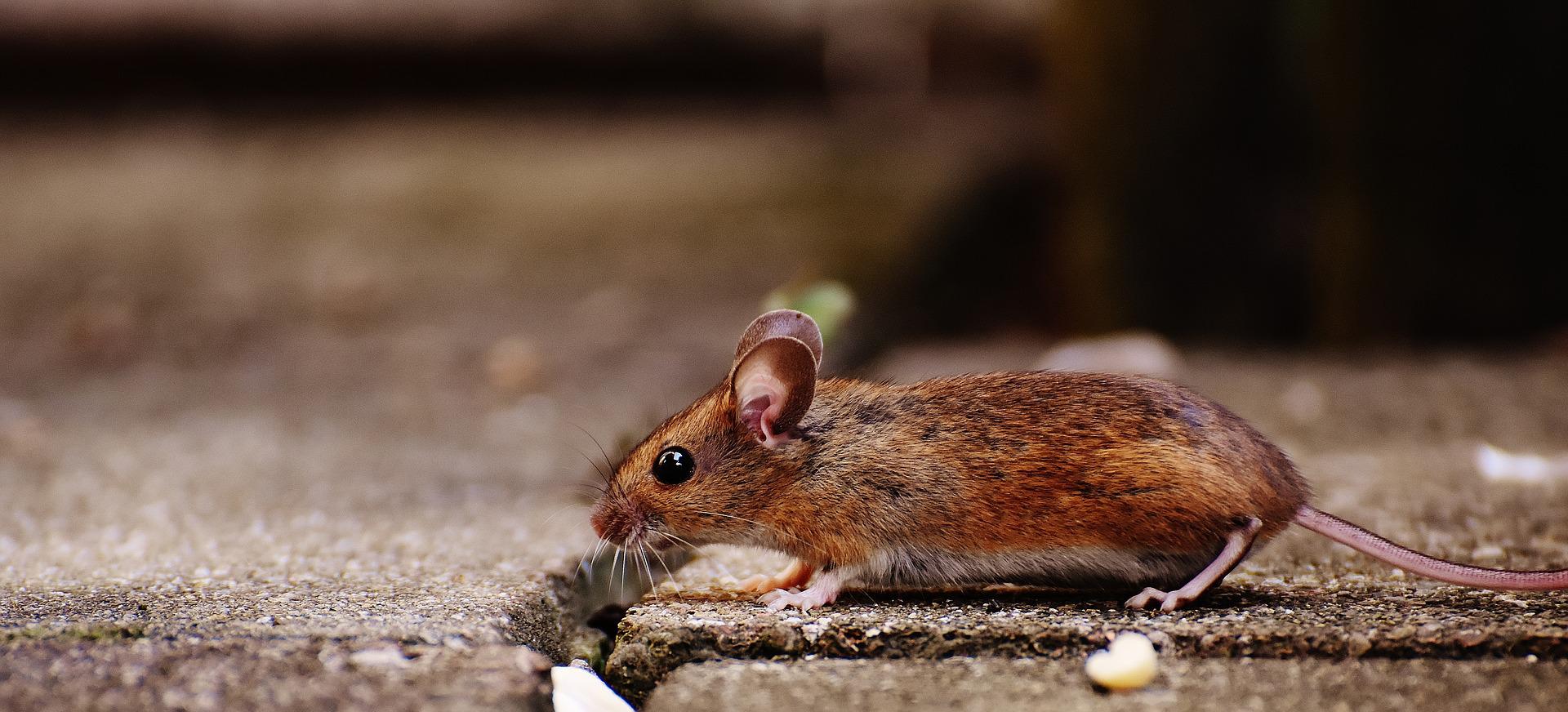
During the spring and summer months, you may have an unfortunate interaction with that common household pest, the mouse. Mice and rats can cause a huge upset as they have the potential to be destructive, unsanitary, and annoying. However, it's interesting to note that mice possess fascinating traits that aid their adaptation and survival within your home.
Understanding facts about mice can provide valuable insights into their behavior and help you learn how to prevent mice from invading your space. Here's a list of all the facts you should know about mice, shedding light on their remarkable characteristics and habits. By implementing preventive measures and taking steps to seal entry points, you can effectively minimize the chances of a mouse infestation and maintain a pest-free environment.


#1. Mice Are Very Good At Breeding
Have you ever felt like you’ve handled your mouse problem, only to find more mice scurrying about a few weeks later? You may feel like you’re going crazy, but it's not you - it’s them. Mice reproduce at an alarming rate and can have a litter of up to 16 pups. One female mouse can have up to 10 litters a year, that's over 100 pups! Once a baby mouse is born, it will be of reproducing age at around 6 weeks to 10 weeks. Altogether, a pair of mice and their babies can make over 8000 new mice in a single year. You’d think it's because their lifespan is short, but a mouse can actually live up to 2 years old, which is far older than other common pests.#2. Mice Are Excellent Homemakers
With all the breeding going on, it's evident that mice not only mother their pups but also make safe and secure nests to ensure the survival of their babies and themselves. This skill is ingrained in their DNA, literally. Building a nest comes naturally to these creatures, which is why they can breed and nest pups at only 6 weeks old. Scientists have even found that when a litter of mice is separated from their parents or older mice from birth, they will still follow the same nest-building techniques as their predecessors and make it exactly the same. Depending on the species of mouse, the nests will be built differently. Some have long entrances and escape tunnels while others have shorter entrances and no escape tunnels at all. If two different species of mice breed with one another, the baby will inherit the gene of the more dominant species and build its nest according to those techniques.#3. Mice Can Fit Through Anywhere
You may be familiar with a mouse’s classic disappearing trick. One minute they’re there in plain sight and the next they’ve vanished. The truth is, mice can fit through the tiniest holes. They can even squeeze through a hole that’s half their size, sometimes being as small as half a dime. That’s why it's so easy for them to enter and escape your home, highlighting the importance of understanding why we need pest control services. These holes may appear unnoticeable to the average eye, making it challenging for homeowners to effectively address the issue on their own. This is where the expertise of a professional pest control service becomes invaluable. With their knowledge and experience, they'll be able to determine the mouse entry and escape routes that may go unnoticed by the untrained eye. Once identified, these professionals can use caulk or other appropriate materials to seal these openings, preventing mice from entering or escaping. By relying on a professional, you can ensure that all potential access points are properly sealed, minimizing the chances of further infestations.#4. Mice Talk To Each Other
Another big contributing fact to a mouse's survival is the way they communicate with one another. A mouse talks to another mouse through sounds, body language, and odor. This becomes of use for breeding and survival. They can also communicate all sorts of emotions to fellow mice such as pain, nausea, fear, disgust, and pleasure. The sounds a mouse makes for communication are often ultrasound noises, so humans won’t be able to hear them. When you do hear a mouse squeak, it's because they are trying to show other mice that they have discovered food, water, or shelter - so they are actually looking out for one another.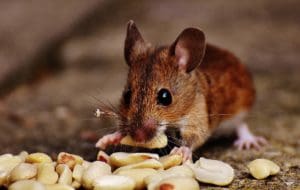
#5. Mice Are Mischievous
It’s only fitting that a group of mice is referred to as a “mischief of mice”, due to their notorious habit of damaging everything they touch. If you’ve ever experienced a mouse problem, you’ll know how much trouble they get up to when no threats are around. When the cat’s away, the mice definitely play - which can result in millions of dollars worth of damage. You’re not alone, as rodents may be the most popular form of pests and infest around 21 million households in the US alone.#6. Mice Have Impressive Teeth
This is the main cause of all the damage that can be done by a rodent. Those two long front teeth actually never stop growing, which is why they are so powerful. A rodent’s teeth can grow 0.3mm per day, so they have to chew constantly in order to stop their teeth from growing too long. The incessant chewing is what causes all the damage you may experience with a rodent infestation. Mice can chew through any material including cardboard, plastic, and even electrical cables.#7. Some Mice Can Shed Their Tail
Another survival technique the Wood Mouse has evolved is the ability to shed its tail when in danger. The tail can be quite a vulnerable place for any rodent, as it may be the last thing to follow when utilizing an escape tunnel. Luckily for the wood mouse, they can simply shed their tail if the situation is dire. This can only be done once in a lifetime, as the tail doesn’t usually grow back, which can majorly affect the mouse’s day-to-day life.#8. Mice Can’t See Very Well
The three blind mice weren’t alone; it’s actually a common trait for mice to be almost blind. The reason why they are nocturnal is that they actually see well in dim light due to their color blindness. They see color the same as someone with red-green color blindness.#9. A Mouse’s Other Senses Are Incredible
To make up for the poor eyesight a mouse has some extremely impressive hearing abilities. They can hear and often communicate in ultrasounds of up to 90kHz. Their whiskers also help them to navigate with precision as they can sense breezes, surface textures, and temperature changes.#10. Mice Are Musically Gifted
That might be a bit of an exaggeration, but mice are known to be able to sing a tune. This makes them one of the four mammals that can hold a note along with whales, bats, and humans. The male of the species will use this singing ability to court a female mate. The songs will be in ultrasound, so unfortunately a human can’t listen.#11. Mice Are Nimble
It’s no wonder that these pests are known as acrobats. Mice have some impressively nimble skills that help them to survive in any environment. It’s all thanks to their tails, which give them excellent balance making it easy for them to travel across wires or ropes. They even have the ability to jump a foot high and they can run 7.5 miles an hour, making it incredibly easy for them to jump onto counters and get into high cupboards. If you don’t seal your food tightly, don’t think the cupboard height will stop them.#12. Mice' Hearts Beat Extremely Fast
With all that energy bundled into that tiny body, a mouse’s heart beats rapidly to power the little creature. A mouse's heart beats anywhere between 310 to 840 times a minute. In comparison to a human heart, which only beats 60 to 100 times a minute it seems like a mouse is constantly fired up.




